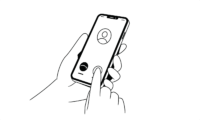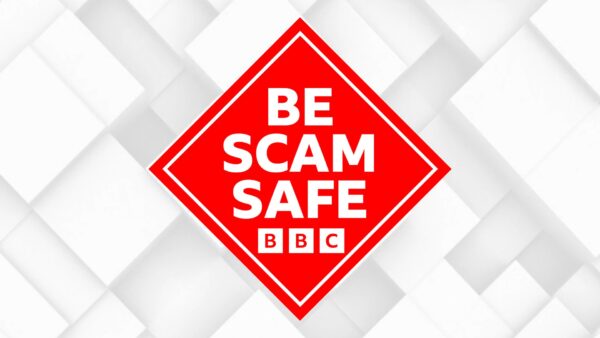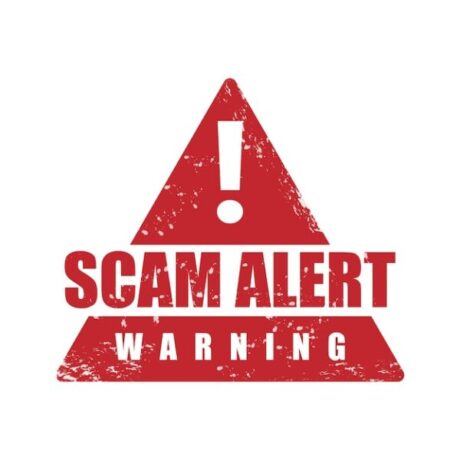
Spam alert : us9514961195221 , us9514 , 9611 , 95221 , usps tracking ,++us9514961195221
Introduction
US9514961195221 : scams and fraudulent activities have evolved beyond just phishing emails and shady websites. One prevalent scam that has gained notoriety in recent times is the US9514961195221 scam, which primarily targets unsuspecting individuals through fake text messages. aims to shed light on this scam, explaining how it works and offering tips on how to protect yourself from falling victim to it.
Read more : https://repostmagazine.com/2033222305-who-called-me-in-uk-020-area-code/
The US9514961195221 Scam: An Overview
The US9514961195221 scam is a deceptive scheme that employs text messages to trick recipients into divulging personal information or parting with their hard-earned money. The scam message typically claims that the recipient has won a significant prize or that tUS9514961195221_here is an urgent matter that requires their immediate attention. To add an air of authenticity, the message often includes a reference number, such as “US9514961195221,” which is meant to confuse and convince the recipient of its legitimacy.
How the Scam Works
- Unsolicited Message: The scam begins with an unsolicited text message sent to the recipient’s phone. This message often appears to come from a legitimate source, such as a well-known company, government agency, or financial institution.
- Urgent Content: The message typically contains urgent or enticing content designed to capture the recipient’s attention. It may claim that the recipient has won a large sum of money, a free gift, or a prize, and it usually includes a request for immediate action.
- Phishing Links: The scam message often contains links that direct the recipient to a fraudulent website. These websites are meticulously designed to mimic the appearance of legitimate ones, making it challenging for individuals to distinguish between the real and fake sites.
- Personal Information Request: Once on the fraudulent website, the recipient is asked to provide personal information, such as their name, address, phone number, US9514961195221 Social Security number, and even financial details. Scammers use this information for identity theft or to commit financial fraud.
- Payment Demands: In some cases, the scam may escalate, with the fraudsters demanding payments for supposed taxes, fees, or processing charges related to the alleged prize. Victims who comply end up losing their money without ever receiving the promised prize.
Protecting Yourself from the US9514961195221 Scam
- Be Skeptical: Always approach unsolicited text messages with skepticism, especially if they promise large prizes, urgent matters, or require immediate action.
- Verify the Source: Double-check the sender’s identity and contact information. Use official websites or contact numbers from trusted sources to verify the legitimacy of the message.
- Avoid Clicking Links: Do not click on any links in suspicious messages. US9514961195221 Instead, visit the official website of the alleged sender by typing the URL directly into your browser.
- Never Share Personal Information: Never share personal or financial information via text message, especially with unknown senders or on unfamiliar websites.
- Report Scams: If you receive a scam text message, report it to your mobile carrier and the Federal Trade Commission (FTC). Reporting helps authorities track and combat fraudulent activities.
- Use Security Software: Install and regularly update security software on your smartphone to protect against malware and phishing attempts.
Conclusion
The US9514961195221 scam is just one of many fraudulent schemes targeting unsuspecting individuals through text messages. By staying vigilant, verifying the source of messages, and refraining from sharing personal information, you can protect yourself from falling victim to these scams. Remember, it’s better to be cautious and skeptical than to become a victim of cybercriminals looking to exploit your trust and financial resources. Stay informed and stay safe in the digital world.
FAQ
1. What is a scam text message? A . A scam text message is a fraudulent message sent to individuals with the intent to deceive, steal personal information, or perpetrate some kind of fraud. These messages often pretend to be from legitimate sources, such as banks, government agencies, or well-known companies, in an attempt to trick recipients into taking certain actions, such as clicking on malicious links or providing personal information.
2. How can I identify a scam text message? A . Scam text messages often exhibit common signs, such as:
- Unsolicited messages from unknown numbers or sources.
- Requests for personal information, like Social Security numbers, bank account details, or passwords.
- Poor grammar and spelling errors.
- Urgent or threatening language.
- Suspicious links or attachments.
- Offers that seem too good to be true.
3. What should I do if I receive a scam text message? A . If you receive a suspicious text message:
- Do not click on any links or download any attachments.
- Do not respond or engage with the sender.
- Block the number or contact if possible.
- Report the message to your mobile carrier.
- Consider reporting it to the Federal Trade Commission (FTC) in the United States.
4. Can I get scammed by just receiving a text message? A . In most cases, simply receiving a text message won’t directly lead to a scam. However, engaging with the message, clicking on links, or providing personal information in response to the message can put you at risk of being scammed. Always exercise caution when dealing with unsolicited messages.
5. How can I protect myself from scam text messages? A . To protect yourself from scam text messages:
- Be cautious with unsolicited messages and avoid clicking on links or sharing personal information.
- Enable two-factor authentication (2FA) for your accounts.
- Install reputable antivirus and anti-malware apps on your mobile device.
- Regularly update your device’s software to patch security vulnerabilities.
- Use a spam filter or call-blocking app to reduce unwanted messages.
- Educate yourself and your family about common scams and warning signs.









